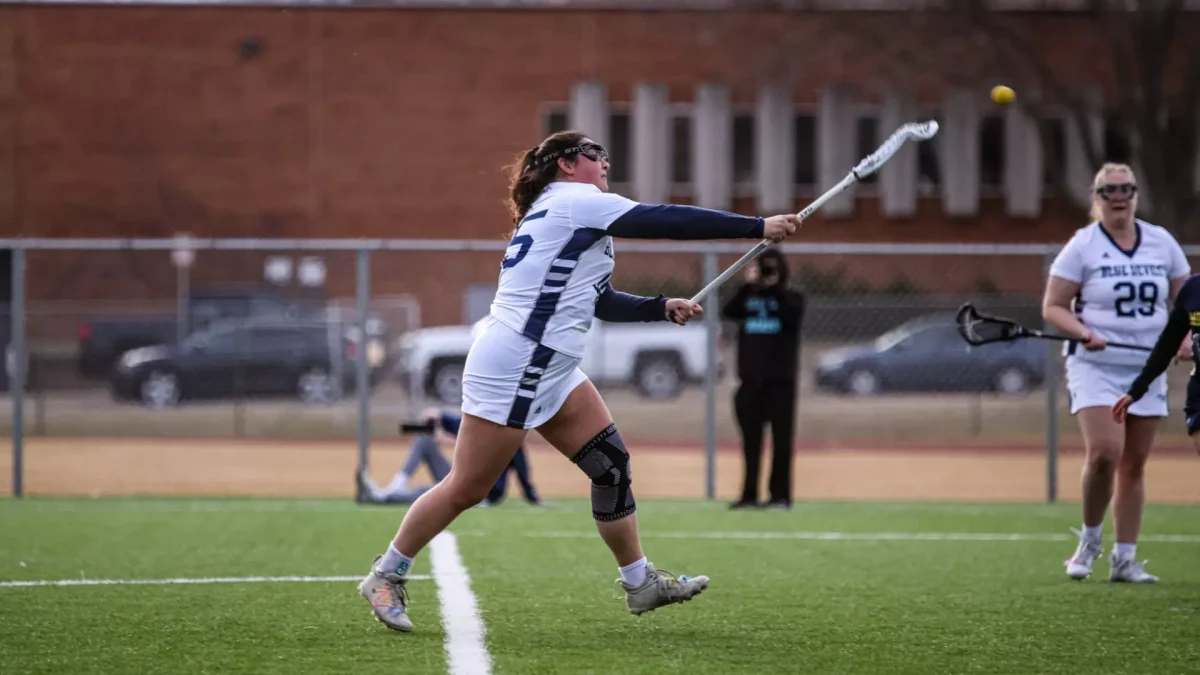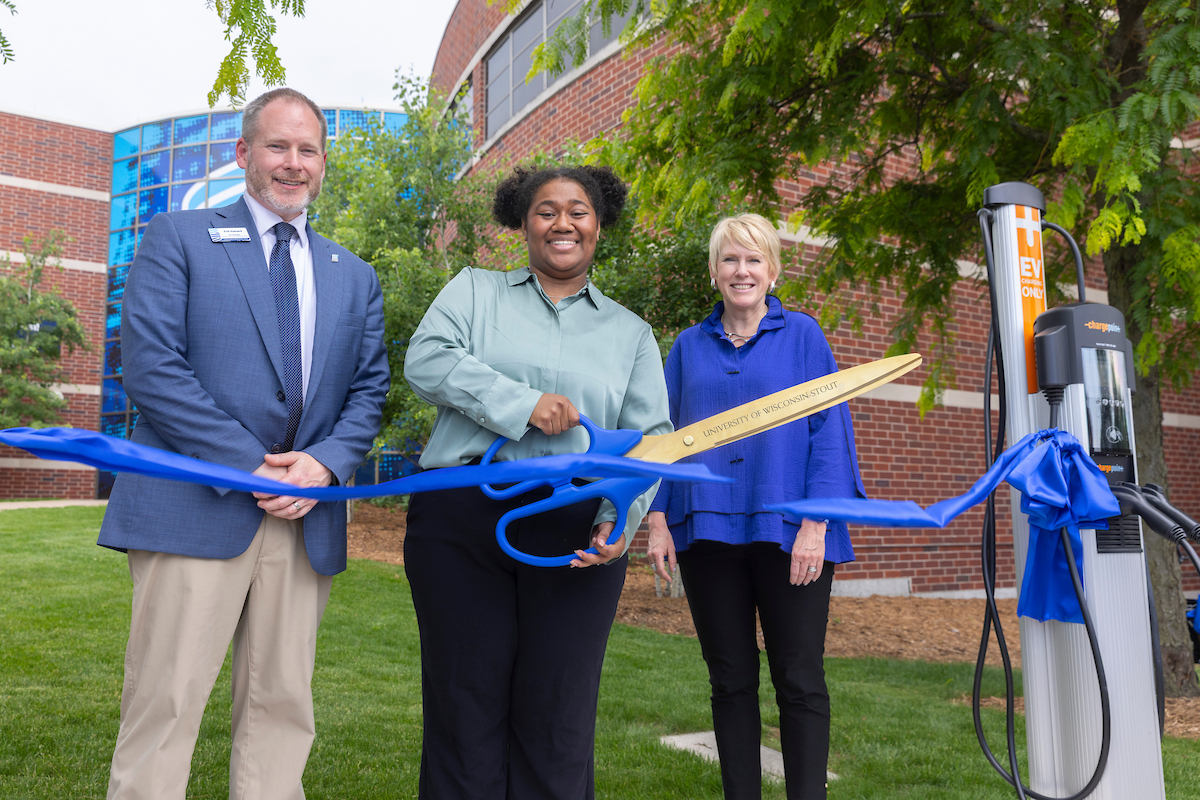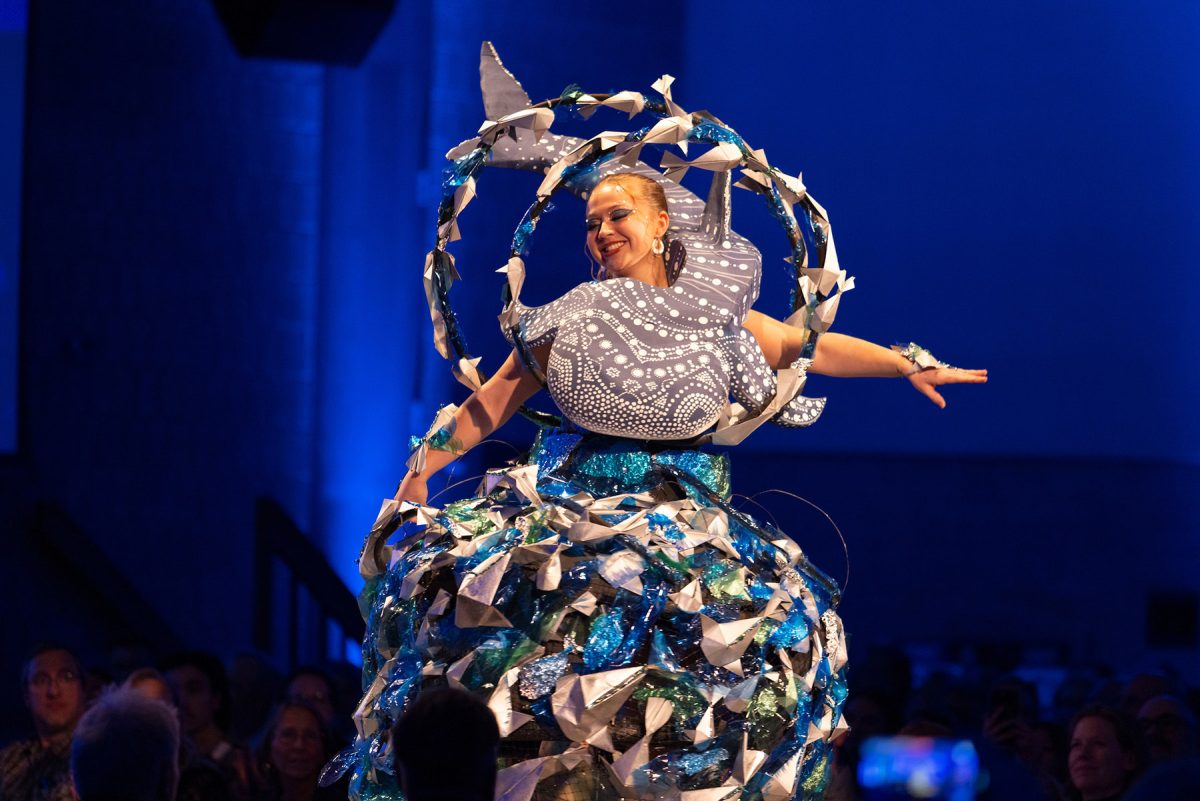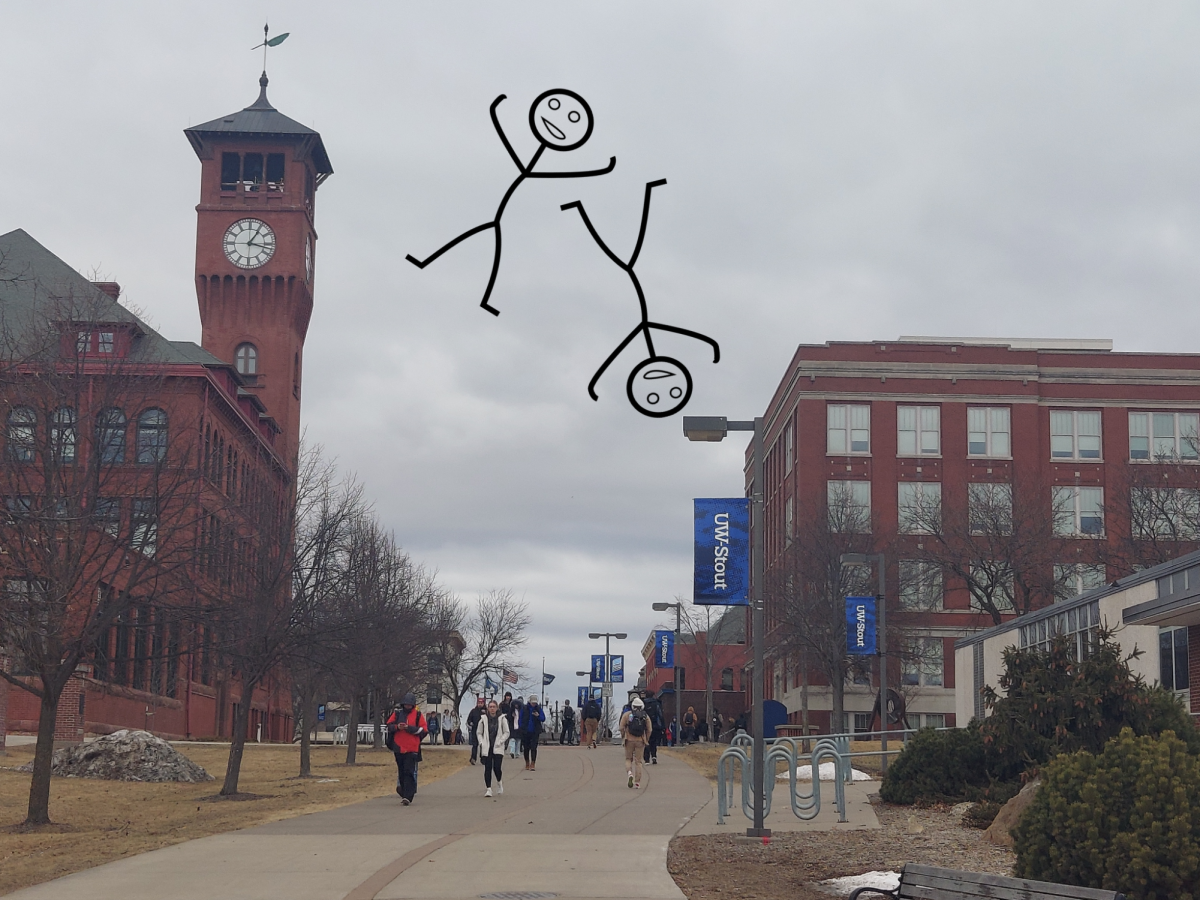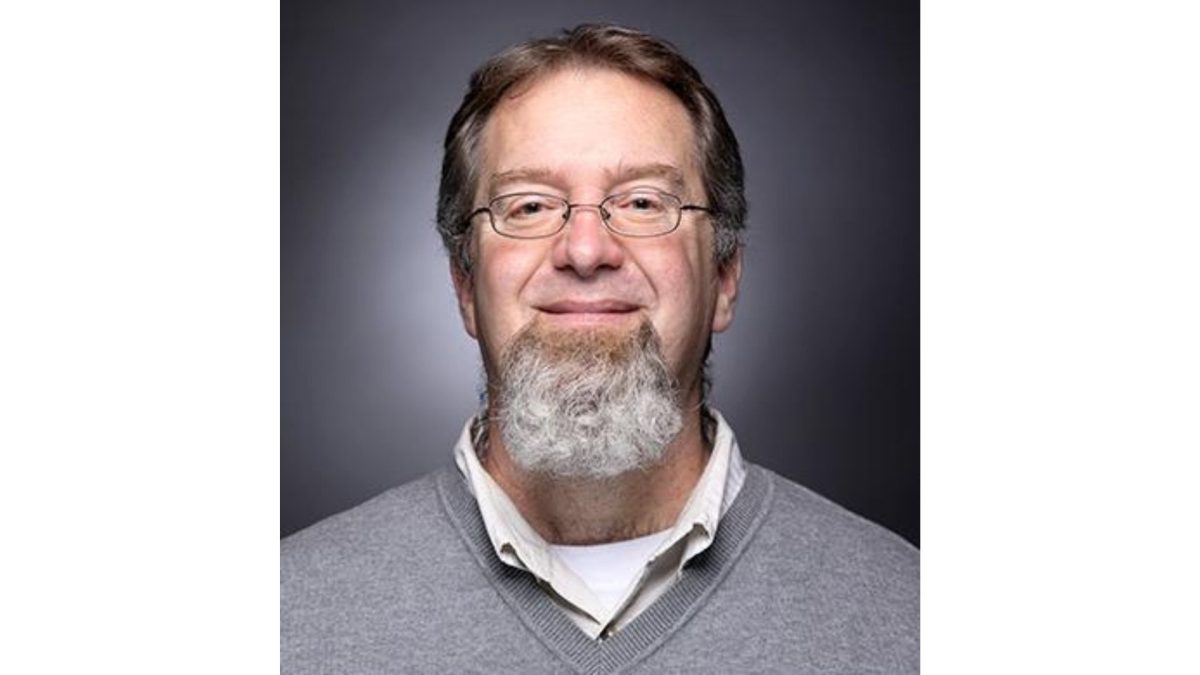Students refer to him as Professor Seim, but his ease of conversation and his strong intentionality makes it seem as if his students could refer to him by his first name. He has a great understanding of what it means to be a teacher, but he said, it wasn’t always his plan to become one. Seim planned on becoming a historian. As he went on to graduate school, he realized that to become a historian he would need to be a teacher.
Think of him like a modern Indiana Jones. Except instead of fighting Nazis and putting ancient relics into museums, he writes articles, spends time with his family, and focuses on course work. He said he wants to someday do a course on the holocaust as, he believes, it would be an interesting class. With the 8 to 10 different history focused classes that he rotates through every 2 years, he hasn’t quite made the proper steps to create this new class yet.
Still, he has an idea of what his dream class would be like. He describes it as a higher-level course that has the students write one big paper. The students would talk about each other’s papers and push each other to possibly turn them into articles. Their topics would be about things that interest them, but they also must be related to the course. He said he would want this class to be a close-knit seminar. He said that this would be his ideal course structure.
Seim said that he enjoys his work. He tends not to hand out quizzes, he admitted
that he may be taking advantage because of this by relying on the students. He said he likes letting other students speak and he enjoys listening. “The instructor learns with the student” he said. This is one of the ways he shows that he understands the role of a teacher. He also said, “We are all in this together.” This is his explanation as to why he uses “we” instead of “I” during class discussion. He explained that using the word “I” takes away from the course and points to the teacher.
Seim doesn’t want his students to know his political views or ideologies. This isn’t to keep his privacy or to hide his ideals but instead it is to not distract from the course itself. He explained that he wants to be able to see what’s good about either side of the subject. For example, if the class was discussing politics, he would devote the same amount of time to find reasons to vote for each candidate. He said, “I like to do it that way… equal.”
Seim also works with the students. For example, in one of his courses, he took
time to create an accessible document that highlights important information for each day of the class that had happened so far. He did this to share possibly helpful information in time for the first essay. In the context of verbiage (saying “we” for “I”) he said, “We are all in this together.”, his work in the course shows that he really did mean it.
Not only is he intentional with his students but he also is with the other historians at Stout. There are three total, and he said that he respects their positions. If Seim had the chance to go back and speak with himself as a first-year teacher, he said that he would have himself study a little less and create more of a flow in the class. He now strives for more of a relaxed style of teaching than what it used to be.





